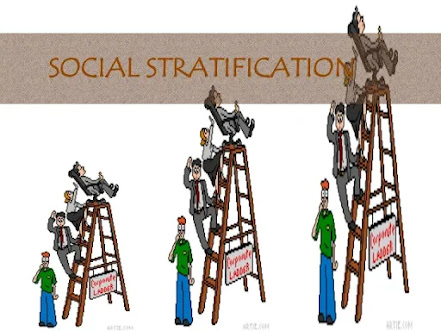The social stratification system not only adds value to the traditional influence on wealth but also influences the treatment of an individual in society by grouping individuals into different classes based on race, ethnicity, and gender.
This misconception treatment to individuals makes reference in relation to their race, appearance, race, sex among other distinguishing characteristics. In the general perspective of the stratification system, both individuals and groups of people are categorically differentiated in various classes based on their general weakened characteristics or sit off the invalid characteristics.
Social stratification rarely provides a clerical account of the event involved in the formation of a real structural-functional unit considered to be of productive nature in the societal economy. Traditionally, the idea of stratification has been viewed in a crude way but with the current sociological world, stratification is well perceived based on the Marxian theory. This system generates a sense of inequality in the society thus hindering socioeconomic development.
Studies on social stratification are very vital in defining and explaining some of the causes of crimes, poverty and poor health conditions in a society. In contemporary Britain, a modern capitalist society, the upper class can be debated as having too much wealth as compared to the lower class. The working class comprises mainly of the contract labourers which can be semiskilled or totally unskilled and work as service persons in industries. On the other hand, the middle class belong to the higher ranks of clerical workers, managers and businesspeople. In terms of labour, women do not get well-paying jobs as compared to males which is evidenced in the political field (Jackson, 2010, pp).
Watch Video at:(42) Social Stratification (Sociology) - YouTube
Yash Raj Singh Bhati
Civil Engineering
7th Sem

.webp)

Comments
Post a Comment